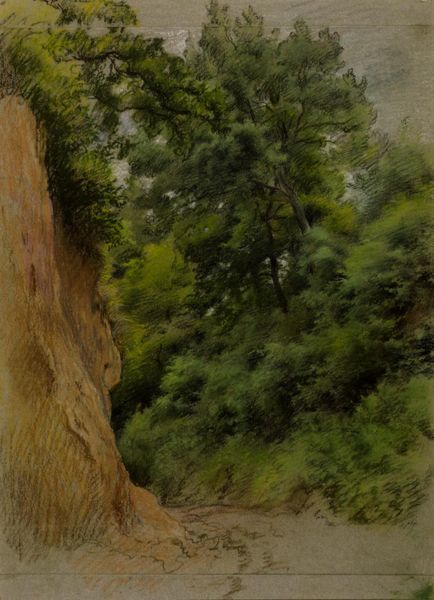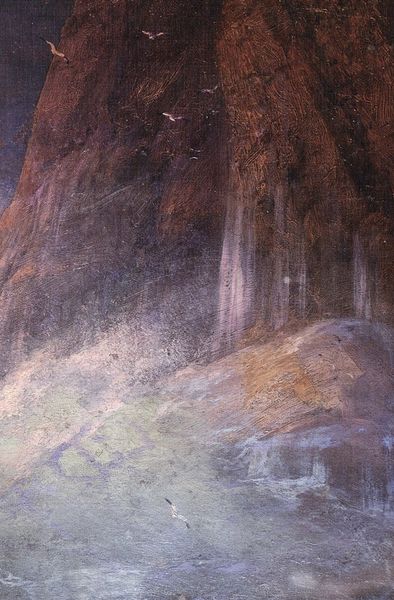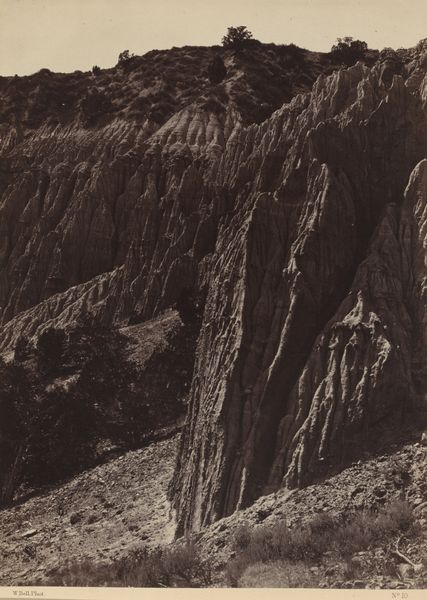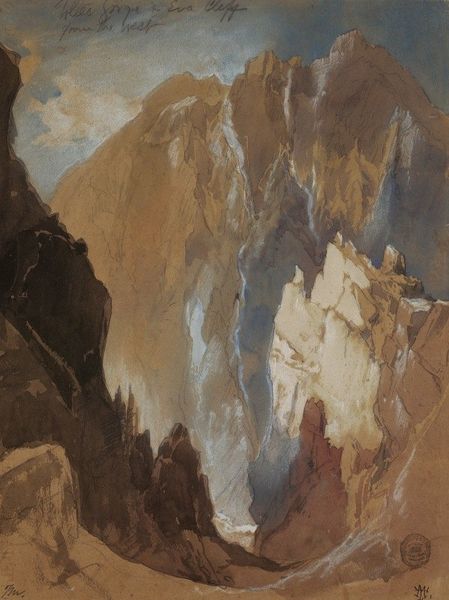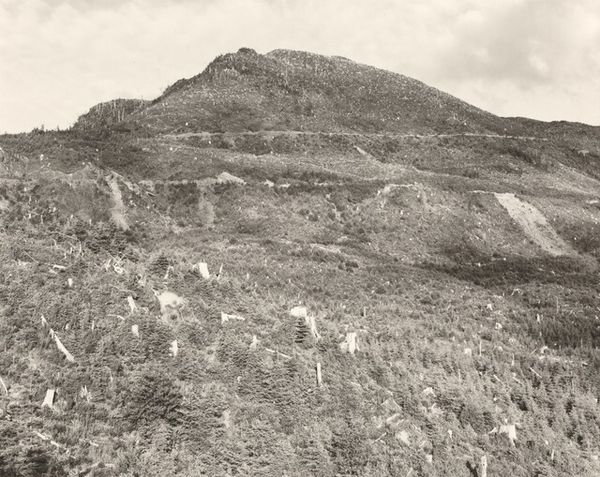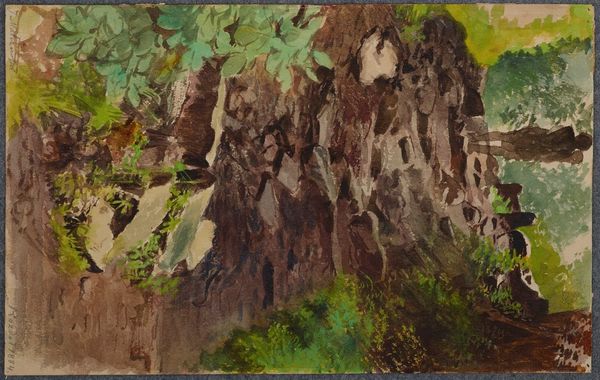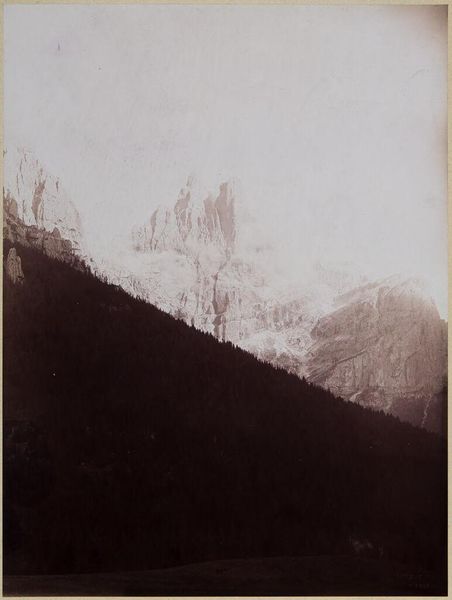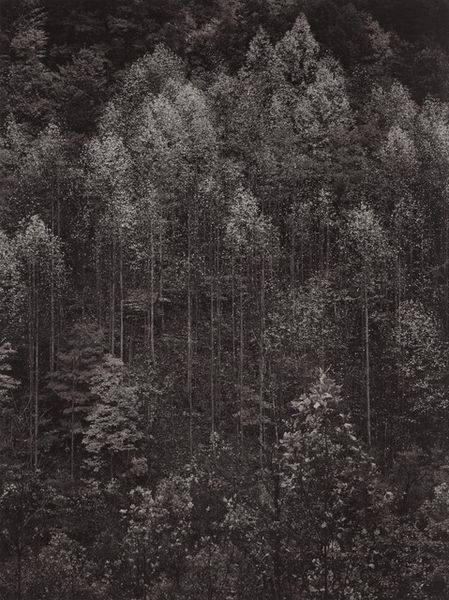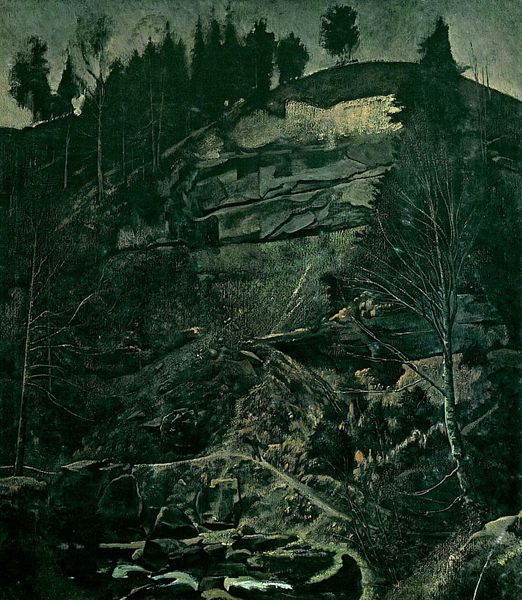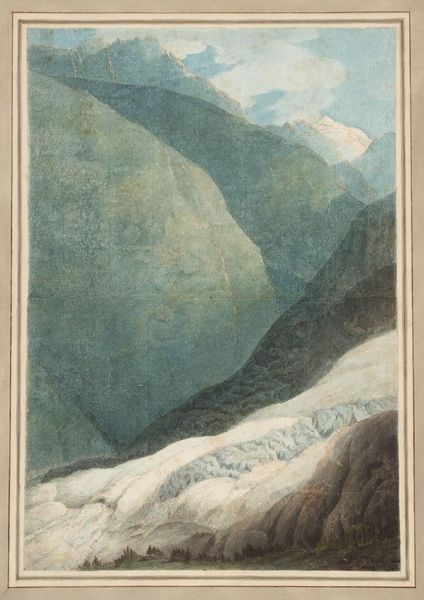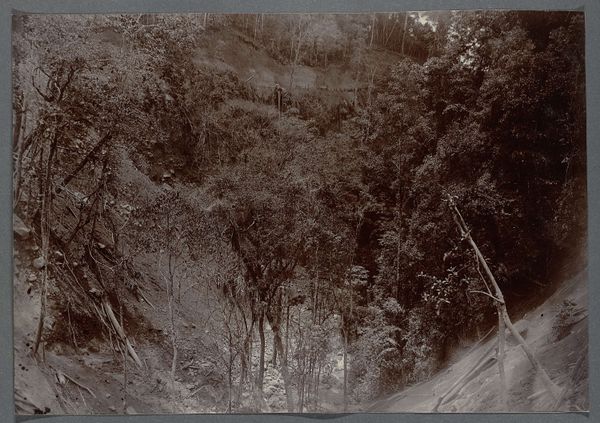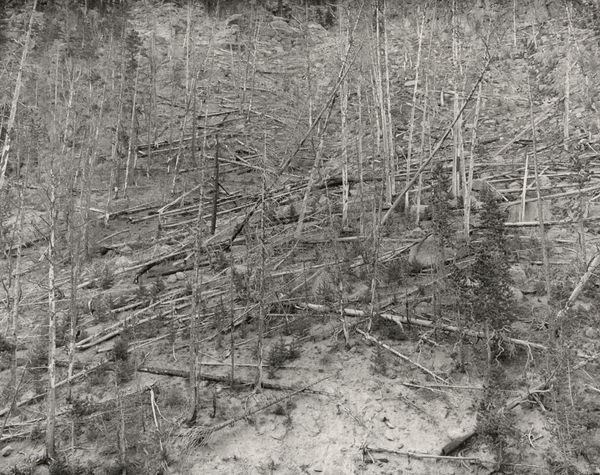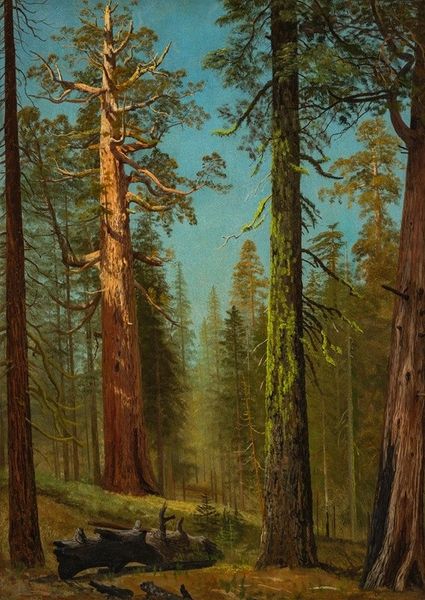
The Schönberg Seen from Hoisernradalpe 1833
0:00
0:00
ferdinandgeorgwaldmuller
Thyssen-Bornemisza Museum, Madrid, Spain
oil-paint
#
tree
#
oil-paint
#
landscape
#
oil painting
#
romanticism
#
mountain
#
natural-landscape
#
nature
Copyright: Public domain
Editor: This is "The Schönberg Seen from Hoisernradalpe" by Ferdinand Georg Waldmüller, painted in 1833 using oil. It’s a landscape painting that evokes a sense of grandeur. What can you tell us about this particular piece? Curator: This painting exemplifies the Romantic movement’s fascination with nature, particularly the sublime. Think about the social and cultural context: early 19th century. Industrialization was rapidly changing the landscape, and artists like Waldmüller turned to nature as a source of spiritual and national identity. How do you see that reflected here? Editor: I see how the untouched wilderness contrasts with what was happening in cities. There’s a sense of longing, a romantic escape, perhaps? Curator: Exactly. Consider the way Waldmüller emphasizes the scale of the mountains compared to the minuscule hut in the lower part. He isn’t simply representing a scene; he's presenting nature as powerful and awesome, something that dwarfs human construction. This also plays into the politics of imagery at the time. How accessible were paintings like this? Editor: Probably limited to the upper classes who had the resources to commission or view such art. Curator: Precisely. The art world, and the depiction of landscape itself, became entangled with notions of ownership, national identity, and even power dynamics between classes. It raises questions about whose vision of nature was being celebrated and for what purpose. Editor: It’s more than just a pretty landscape. It’s about cultural values being displayed and reinforced! It makes me consider my role, too, in looking at art so many years later. Curator: That self-awareness is key. Understanding art within its historical context reveals its ongoing influence and resonance. I find Waldmüller's technique surprisingly prescient, an early move to outdoor painting and *plein air*, which has profoundly impacted artistic practice. Editor: I never would have picked up on the political implications of a landscape painting, but this changes the way I view them. I’ll be thinking more critically about landscape as more than what appears at first glance.
Comments
No comments
Be the first to comment and join the conversation on the ultimate creative platform.
